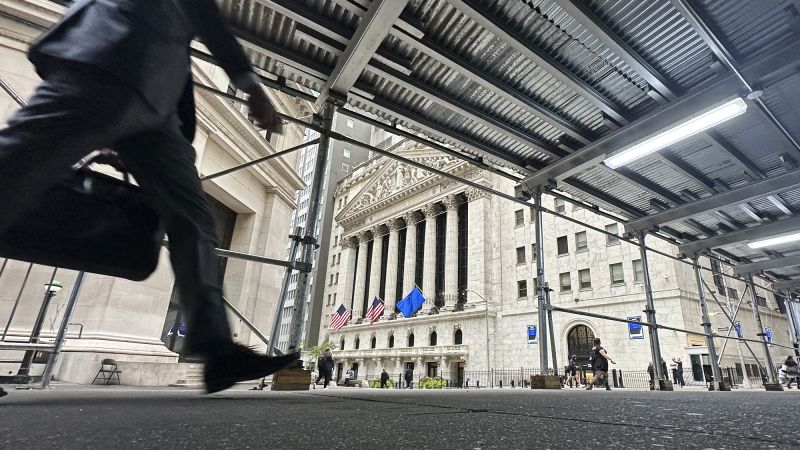A massive port strike is threatening America’s delicate supply chains. The Federal Reserve is rushing to prevent unemployment from spiking. And the race for the White House is coming down to the wire.
Yet investors remain unrelentingly bullish, bidding the US stock market further into uncharted territory. The S&P 500 has scored 43 record highs so far in 2024.
The latest milestone on Monday left the benchmark index up 20.8% on the year. That’s the strongest start to a year since 1997, according to FactSet, when the US economy was surging during the dotcom boom under President Bill Clinton.
This year’s boom has been fueled by growing hopes of a soft landing for the US economy.
Kristina Hooper, chief global market strategist at Invesco, said the “very impressive” market performance has been driven by “continued resilience” in the US economy and enthusiasm over Fed rate cuts.
That’s not to say there aren’t concerns out there, too.
Wall Street is starting the notoriously weak month of October on a negative note.
US stocks retreated Tuesday after the White House warned that Iran is preparing to launch an imminent ballistic missile attack on Iran. That warning sent oil prices climbing sharply.
“The Iran report is the thing scaring everyone right now,” said Michael Block, co-founder and chief operating officer at AgentSmyth.
Tech stocks like Nvidia tumbled as a powerful typhoon barrels towards Taiwan and threatens to disrupt the flow of chips from the island.
Still, the mood on Wall Street has improved dramatically from just two months ago.
In early August, a bad jobs report sparked recession fears and markets plunged as two popular trades suddenly blew up. But markets rapidly recovered from that growth scare, quickly making new highs.
The CNN Fear & Greed Index, which measures the emotions driving markets, edged into “extreme greed” territory on Monday. That is a major improvement from “extreme fear” in August.
The big concern right now, according to Block, is a fear of missing out, or FOMO.
“There is this fear of missing a rally. And that is driving a lot of activity,” he said.
Recession predictions have proven wrong, time and again.
Despite concerns that American consumers are tapped out from the high cost of living and high borrowing costs, consumer spending has proven to be surprisingly resilient. And that is key because consumer spending is the biggest driver of the US economy.
The Fed has made clear that officials mean business about protecting the job market. The jumbo-sized rate cut that the central bank announced last month was driven by a desire to prevent unemployment from rising any further.
“People keep saying another shoe is going to drop on consumption — but that hasn’t played out. US consumption remains strong,” Block said.
Read the full article here









Leave a Reply